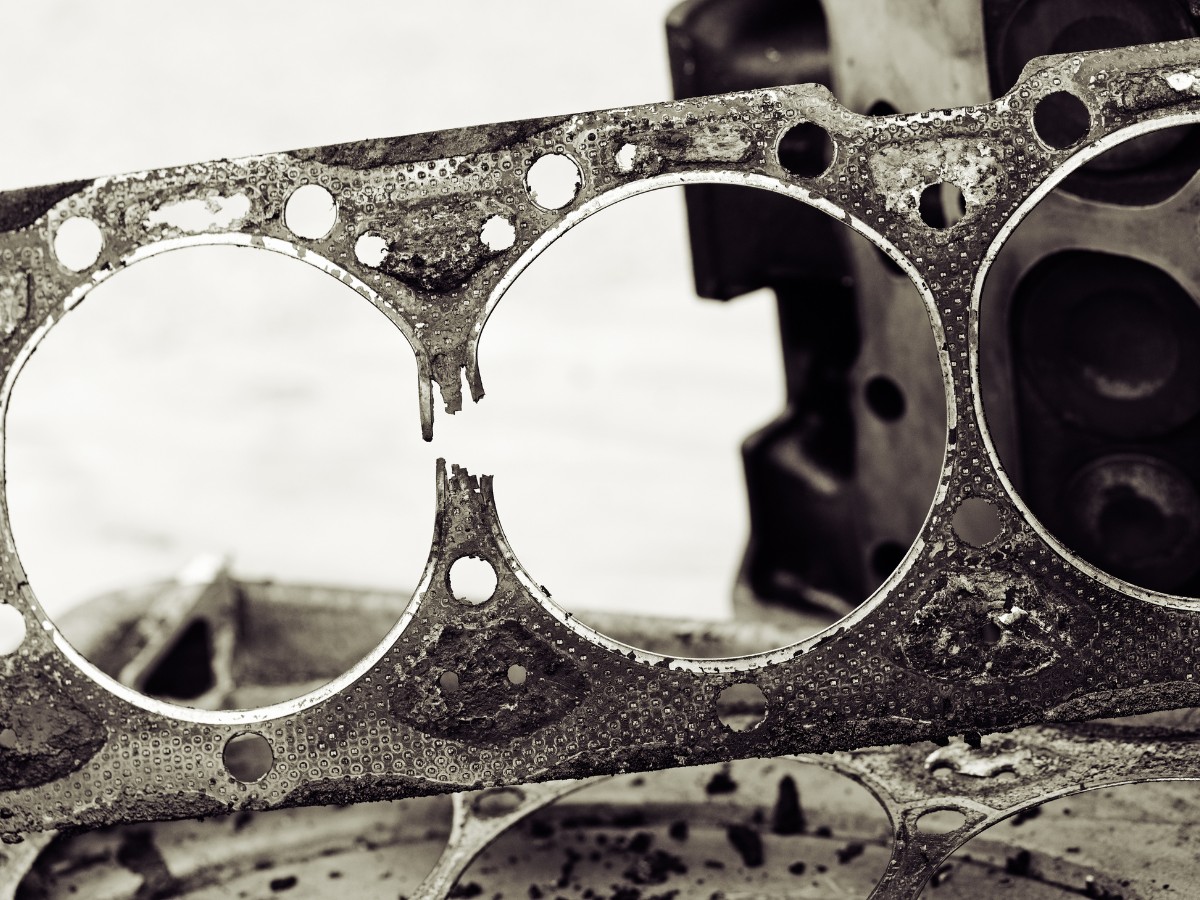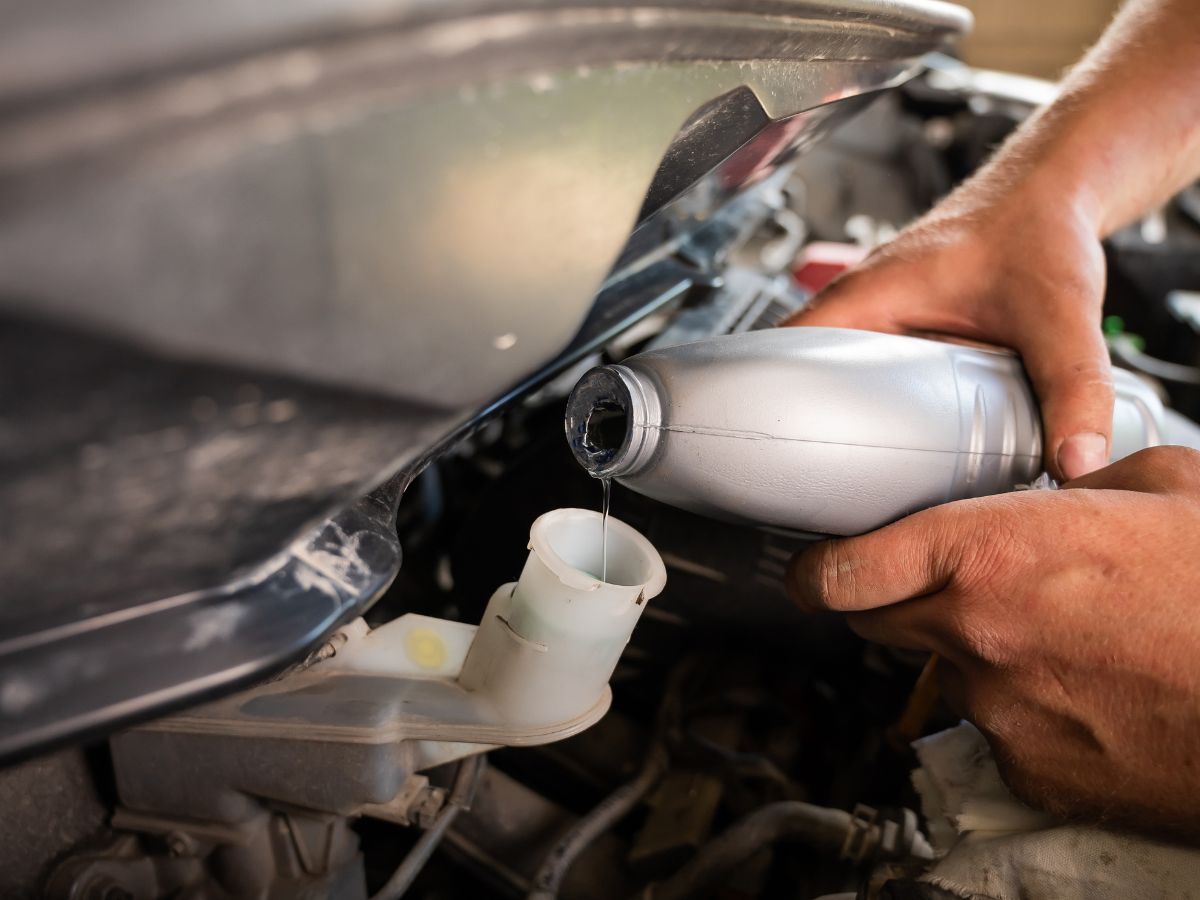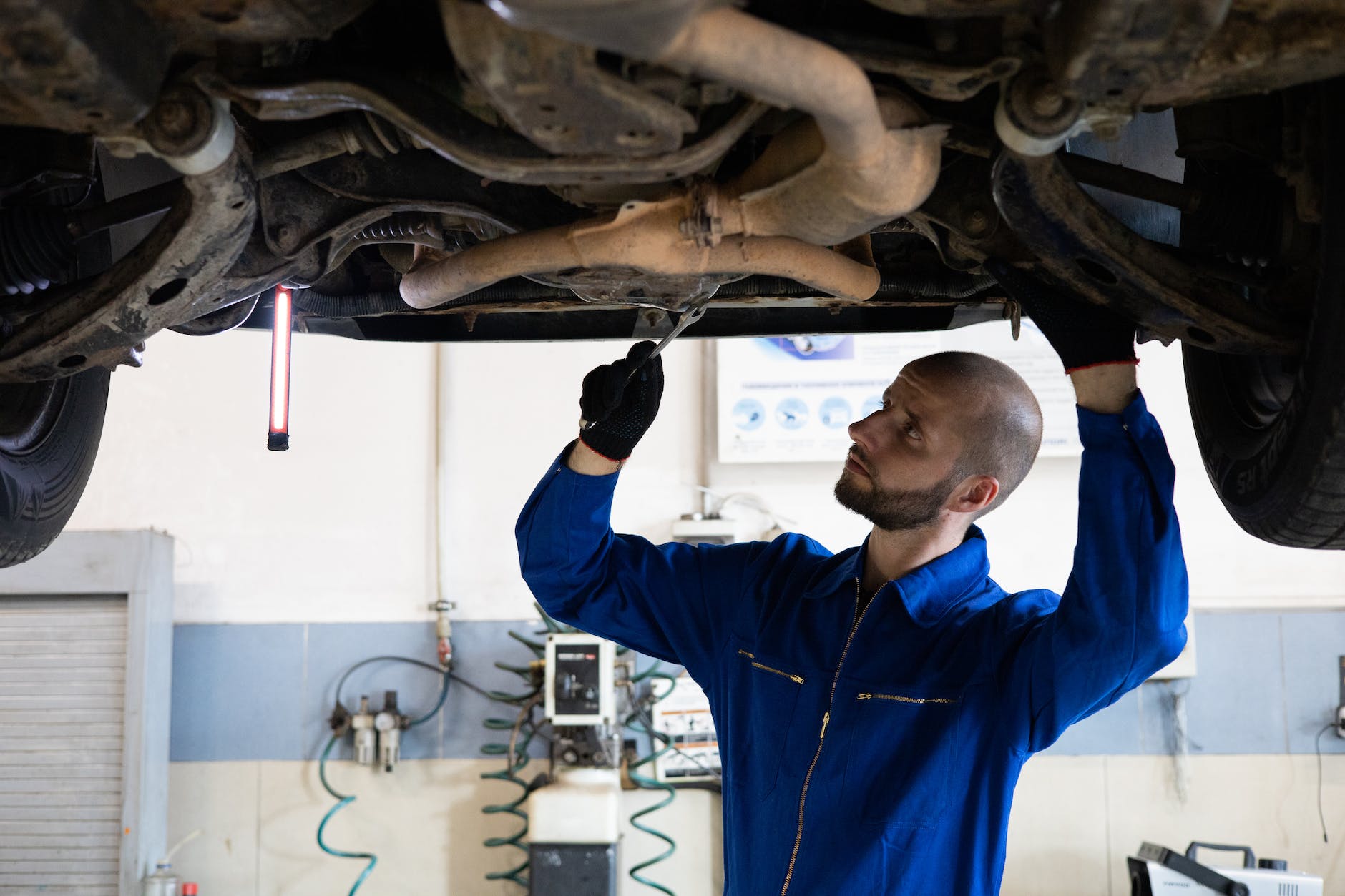In This Article Show
Today, we’re going to tackle a question that often pops up among car enthusiasts and drivers alike: “Can you reuse a car head gasket?”
Now, for those who may not know, the car head gasket is a critical part of your vehicle’s engine. It’s like the unsung hero of your car, quietly doing its job under the hood. Despite its importance, it’s not uncommon for car owners to overlook it, at least until something goes wrong.
But when things do go south – when your head gasket gets damaged or, worse, blown – the question then arises: Can this vital piece of equipment be reused? Or does it always need replacing? Throughout my career, I’ve been asked this question numerous times and today, we will address it head-on (no pun intended).
As we dive deeper into the topic, we’ll demystify the role of the head gasket, explore why it may need replacing, and finally answer that burning question: Can you reuse a car head gasket? So, this article is for you whether you’re a long-time car owner, a newbie driver, or simply curious about car maintenance.
Quick answer: No, you should not reuse a car head gasket. Even if it may seem cost-effective and the gasket appears undamaged, it’s not advisable due to factors like residual material, the risk of damage not visible to the naked eye, and the fact that a once-compressed gasket cannot be compressed in the same way again, leading to ineffective sealing.

Understanding the Role of a Car Head Gasket
The head gasket is a flat, often metal, seal located between the engine block and the cylinder head in your car’s engine. It’s not something you can easily spot when you pop open the hood, but rest assured, it’s in there, putting in the miles every time your engine roars to life.
So, why is this seemingly inconspicuous part so vital? Well, the head gasket serves three key roles, all of which are crucial for your car to operate smoothly.
1. Creating a Seal
First and foremost, the head gasket creates a seal between the engine block and the cylinder head. This seal is incredibly important because it keeps the combustion process contained within the combustion chamber.
Without this seal, the force generated by the combustion process would escape, causing a significant drop in your car’s performance.
2. Maintaining Pressure
Another critical role of the head gasket is maintaining the pressure within the engine’s combustion chamber. The high compression ratio in modern engines requires a perfect seal to ensure optimal power output and fuel efficiency.
3. Preventing Leakages
Last but not least, the head gasket prevents the mixture of various fluids within the engine, such as coolant and engine oil. If the head gasket fails and these fluids mix, it can lead to a multitude of problems, from engine overheating to poor lubrication, both of which could cause severe engine damage.
Simply put, your head gasket is like the unsung hero in an epic tale of combustion and horsepower. It may not get the spotlight like the engine or the transmission, but the whole system would be in trouble without it.
It’s a small component that carries a big responsibility.

7 Reasons Why a Head Gasket May Need Replacing
You might now be wondering, “What could possibly go wrong with such a stalwart component of my engine?” As robust as the head gasket might be, it isn’t invincible. Here are some common reasons why a head gasket may need replacing.
1. Overheating
One of the primary culprits of head gasket failure is engine overheating. Whether it’s due to a malfunctioning thermostat, low coolant levels, or a blocked radiator, excessive heat can cause the head gasket to warp or even burn out.
2. Old Age and Wear
Car parts have a lifespan just like us. The head gasket is no exception. Over time, the constant exposure to extreme temperatures and pressures can wear out the gasket, reducing its effectiveness.
3. Pre-Ignition and Detonation
These are fancy words for uncontrolled, explosive ignition of the fuel-air mixture in one or more of your engine’s cylinders. This results in a “knocking” or “pinging” sound and, if left unchecked, can put enormous strain on your head gasket, leading to its eventual failure.
Now that we know why a head gasket might fail, what are the tell-tale signs of a damaged or failing head gasket?
1. White Smoke from Exhaust
This could indicate coolant leaking into the combustion chamber, a classic sign of a blown head gasket. The coolant gets burned off, resulting in thick white smoke.
2. Milky Oil
Check your oil dipstick or oil filler cap. If your oil appears milky or frothy, coolant might be mixing with your oil – another sign of a failing head gasket.
3. Overheating Engine
If your car’s temperature gauge frequently hits the high end, it could be a symptom of a compromised head gasket.
4. Coolant Loss without Visible Leaks
If your coolant is disappearing, but you don’t see any visible leaks, it might leak internally, possibly due to a damaged head gasket.
Ignoring these signs and continuing to drive with a damaged head gasket could lead to catastrophic engine damage, and trust me, that’s a scenario you want to avoid at all costs.
Can You Reuse a Car Head Gasket?
Now, we’ve arrived at the big question hanging in the air: Can you reuse a car head gasket? The short answer is: No, you shouldn’t.
Let’s explore why.
While reusing a head gasket might seem appealing from a cost-saving perspective, especially if it doesn’t appear visibly damaged, it’s not a wise decision for a few reasons.
1. Gasket Compression
Firstly, a head gasket is compressed during the initial installation to create an effective seal. This process causes the gasket to conform to the microscopic imperfections in both the engine block and the cylinder head.
Once a gasket has been compressed, it cannot be compressed in the same way again. This means, if you were to reuse it, the gasket would not provide the same level of sealing.
2. Risk of Residual Material
When removing a head gasket, some material may get left behind on the engine block or cylinder head. If the gasket is reinstalled, this residual material could prevent a proper seal from being formed.
3. Potential for Damage
Even if a gasket doesn’t show visible signs of damage, it could still be compromised in ways that aren’t visible to the naked eye. Microfractures or warping, for instance, could lead to failure shortly after reinstallation.
Most experts, including myself, would agree that reusing a head gasket carries too much risk. Given the potential damage to your engine and the cost of repairs, replacing a used head gasket with a new one is safer and more cost-effective in the long run.
Preventative Measures for Head Gasket Longevity
Even though we can’t reuse a head gasket, there are several measures we can take to ensure its longevity. Here are some practical tips to keep your head gasket in good shape for as long as possible:

1. Regular Maintenance
Regular servicing of your car can nip many potential problems in the bud, including those that can lead to head gasket failure. Regular oil changes, coolant flushes, and overall engine checks can keep your engine running smoothly and decrease the chances of head gasket damage.
2. Monitor Engine Temperature
Keeping an eye on your car’s temperature gauge can help spot any overheating signs. Remember, an overheated engine is one of the primary culprits of head gasket failure. If you notice the temperature rising, try to cool your car down and get it checked as soon as possible.
3. Use High-Quality Coolant
Good quality coolant helps maintain your engine’s temperature and contains additives that can prevent corrosion within the cooling system. Corrosion can lead to leaks or blockages, causing the engine to overheat.
4. Avoid Aggressive Driving
Aggressive driving habits, such as sudden acceleration and harsh braking, can put unnecessary stress on your engine, leading to higher temperatures and, in turn, can harm your head gasket. Aim for smooth and steady driving for the sake of your engine’s health.
5. Regular Inspections for Leaks
Regularly check your vehicle for leaks. An unexplained loss of coolant or oil could indicate a problem with your head gasket.
5. Use the Correct Engine Oil
The right engine oil for your vehicle is crucial. Certain oil types can help protect your engine and reduce the risk of overheating.
Wrapping it up
To sum it all up, the head gasket is a small but mighty component of your car’s engine. It plays a crucial role in maintaining your engine’s performance and health.
While it might be tempting to consider reusing a head gasket, the risks and potential costs involved make it a gamble that’s not worth taking.
A well-maintained vehicle is less likely to face head gasket problems, so regular servicing, careful driving, and timely intervention at signs of trouble can go a long way in ensuring the longevity of your head gasket and your vehicle.











I actually thought that reusing a head gasket especially a blown one can always be tricky. Thanks for clarifying.
Love from Texas.